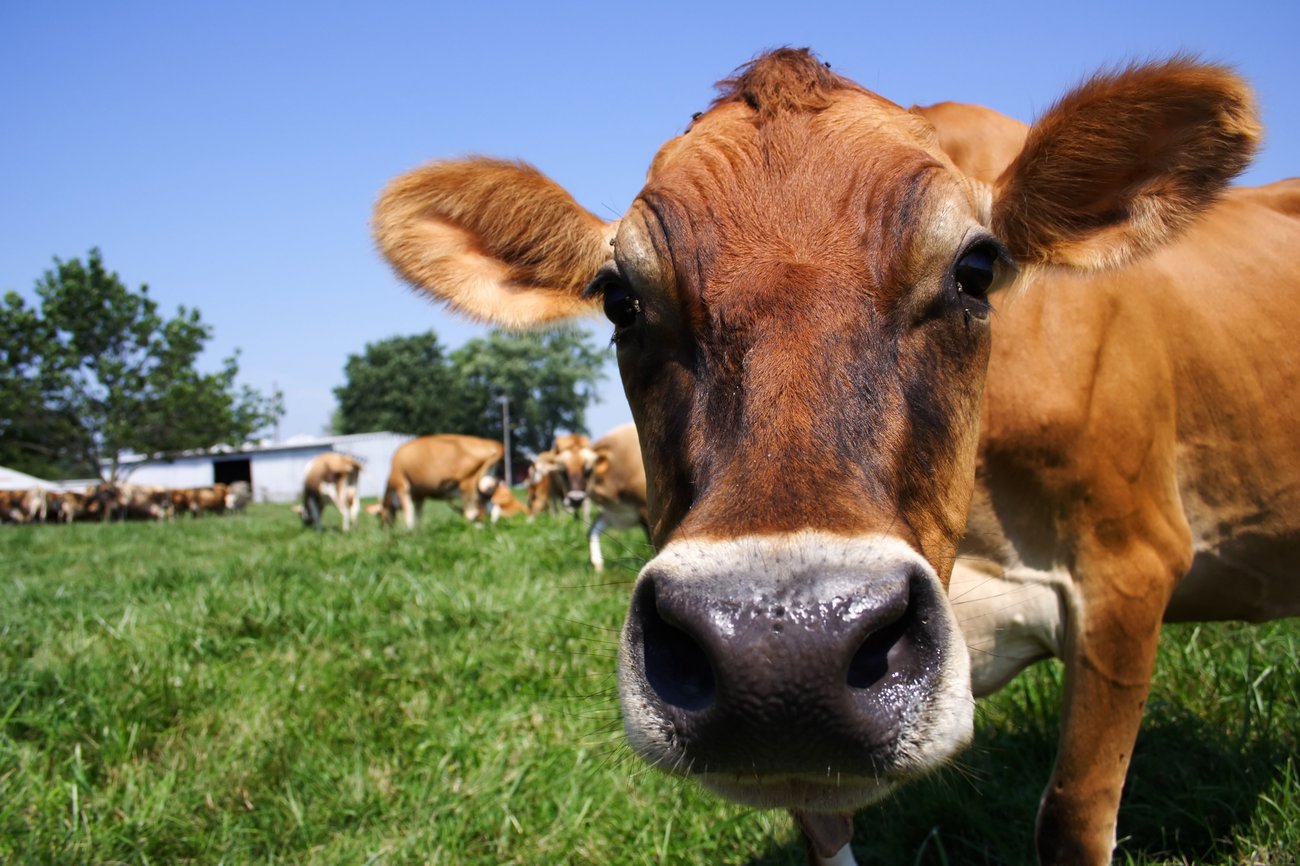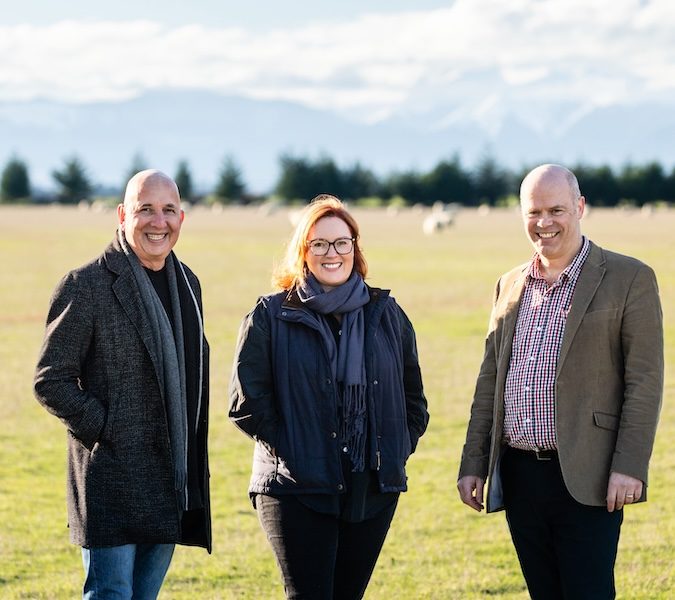Dairy disaster or white gold opportunity? Will the milk price slump kill or cure innovation in the dairy sector?

Clever people have been saying since the 2001 “Catching the Knowledge Wave” conference (and before) that innovation and R&D are critical for the future of New Zealand’s agricultural sector. And it’s happening in some sectors – seafood, merino, kiwifruit and meat, for example.
But is it happening in dairy? Largely not, if we are to be honest. Far too much of New Zealand’s dairy receipts still come from selling milk and milk powder.

It doesn’t have to be that way. For more than two decades, Tatua Dairy Company has invested heavily in research and development, creating high value branded consumer product and nutritional compounds – from crème fraiche, to milk proteins, to bionutrients for pharmaceuticals. This season it will pay its farmers $6 per kilo of milk solids.
Meanwhile Fonterra which has (to a large extent) invested heavily in volume, not value – bigger and better plant and equipment to process larger quantities of milk. The company has over the last five years reduced R&D projects, spending only around 0.8% of turnover on R&D. It will pay its farmers $4.25-$4.35 this season, including the dividend.
It would be simplistic to say R&D/innovation is the only cause of the difference in the payout between Fonterra and Tatua. Size, industry structure, and other factors play a role. However, business commentators have been warning for years about the potential impact of too much investment in commodities and not enough in high value goods.
So, we wondered, could the present tough times be kill or cure for dairy sector R&D and innovation? With payments down, is R&D going to go out of the window, along with the profits of the farmers? And if so, what is going to happen to our dairy-centred economy? Or will it be the catalyst for a change of heart in the industry?
We asked three experts: Jacqueline Rowarth, professor of agribusiness at Waikato University; Richard Spelman, chief scientist at Livestock Improvement Corporation (LIC); and Ian Proudfoot, KPMG’s top agribusiness specialist globally, and lead author on the company’s annual state-of-the-industry Agribusiness Agenda report. They had differing views:
Jacqueline Rowarth, Waikato University
Jacqueline Rowarth is worried. New Zealand is one of the most efficient dairy producers in the world, she says, but to maintain our competitive edge, we need investment in agritech research and technology now more than ever. But research is expensive, and where is the money going to come from?
Not from Government coffers, she says, because the lowered tax take from farmers “will simply confirm [Economic Development Minister] Steven Joyce in his thinking that R&D investment needs to be in areas other than agriculture”.
And not from Fonterra, which is already involved in a business restructuring and won’t have any money for additional R&D unless the price goes up.
Industry body Dairy NZ, which takes a levy 3.6c/kg of milk solids, will still have money to spend on R&D, Rowarth says, but it will be reduced as farmers get rid of cows and reduce their milk production.
And other innovation-focussed companies, like LIC, Gallaghers, and fertilizer and seed businesses will struggle to maintain their R&D investment because farmers will be spending less on their products, so there will be less in the coffers.
Because of the long lead times on much agricultural spending, R&D cutbacks now could have big impacts 2-3 years down the track,” Rowarth says.
“The long term ramifications are very concerning.”
Ian Proudfoot, KPMG
Ian Proudfoot has a different take on the issue. He says high prices 18 months ago masked the fact that the global dairy industry is changing dramatically and New Zealand will no longer be able to compete in the bulk market.
The end of the European quota system on April 1 this year, the decision by Russia to block all imports, and the sudden move by American farmers into the dairy export market has produced conditions where New Zealand will no longer be able to compete as a commodity producer, he says.

He hopes the current crisis could be cattle prod the industry needs to move away from commodities and invest in high-value products.
“I think this is opening people’s eyes. The market has changed incredibly quickly, and we need to be far more aggressive and to be the innovator to drive market change.
“We don’t invest nearly enough [in R&D and innovation]. We need to have a much wider debate on what we should be spending long term to move the industry out of the commodity cycle.”
Things are already happening. Take Tatua, for example. But in general, the dairy industry has been far slower than sectors like kiwifruit or merino wool to move away from investing in physical plant and equipment, and into putting money into understanding present and customer needs and then developing – and branding – products to meet those needs.
“Industry leadership has not been effective in persuading people to invest in intangibles (innovation, customer intimacy, brands and people), rather than fixed assets like milk powder dryers,” Proudfoot says.
“I would love to hear Fonterra say they would never build another powder dryer and would instead focus more on how to meet the demand of customers in Asia; how to create new and exciting products and get more and more high value into Asia.
“We are not anywhere close to where we need to be.”
But Proudfoot is not pessimistic.
“I think the long-term food story for New Zealand is iron-clad. There is no question we have an important role to play in the production of premium food.”
And if the present situation is the catalyst to get us there, it may have all been worth it.

Richard Spelman, LIC
Livestock Improvement Corporation (LIC) does innovation well – and plans to do it better – downturn or not. The farmer-owned co-operative has an ambitious goal of being a $1 billion revenue company by 2025 – up from $230 million today, and puts 7.4% of its turnover into R&D in its main areas – dairy genetics, farm information and automation systems, herd testing and DNA technology.
Spelman, the company’s chief scientist, says LIC is expecting a significant drop in revenues this year linked to the low dairy price. Tough times mean farmers will cut non-essential spending. And they will also reduce the number of cows they have, which means less demand for LIC products.
However, LIC’s situation in terms of R&D and innovation is helped because it gets external R&D funding from Callaghan Innovation and the Primary Growth Partnership – funding which isn’t linked with trading conditions.
Spelman says LIC has made a decision not to cut its main long-term R&D programmes this season at least – although he says the company will rethink its decision if the dairy price doesn’t pick up next year.
Getting to $1 billion of revenue needs significant investment in innovation, he says, and cutting programmes also carries the risk of losing skilled researchers overseas.
“If you turn the tap off and reduce investment into R&D it takes a long time to bring research teams back together and it becomes very difficult to attract people into the scientific sector,” Spelman says.
Several of LIC’s 45 scientists are from overseas and it could take 2-4 years to attract the calibre of people back if they left. And that isn’t just a problem for LIC, but for New Zealand as a whole.
“If we want to be generating innovation in the years to come, our long term focus must be making sure we retain our core competiencies – that we don’t have to start again. “
Is the present situation a disaster or an opportunity?
“If there is the possibility of a silver lining, it is that as an industry we will focus ourselves on the most competitive aspects of our production system – turning pasture into milk,” Spelman says.
“If [the current situation] returns our farmers to more long term sustainability and more resilience to the volatility of the milk price, that is a good thing.”




